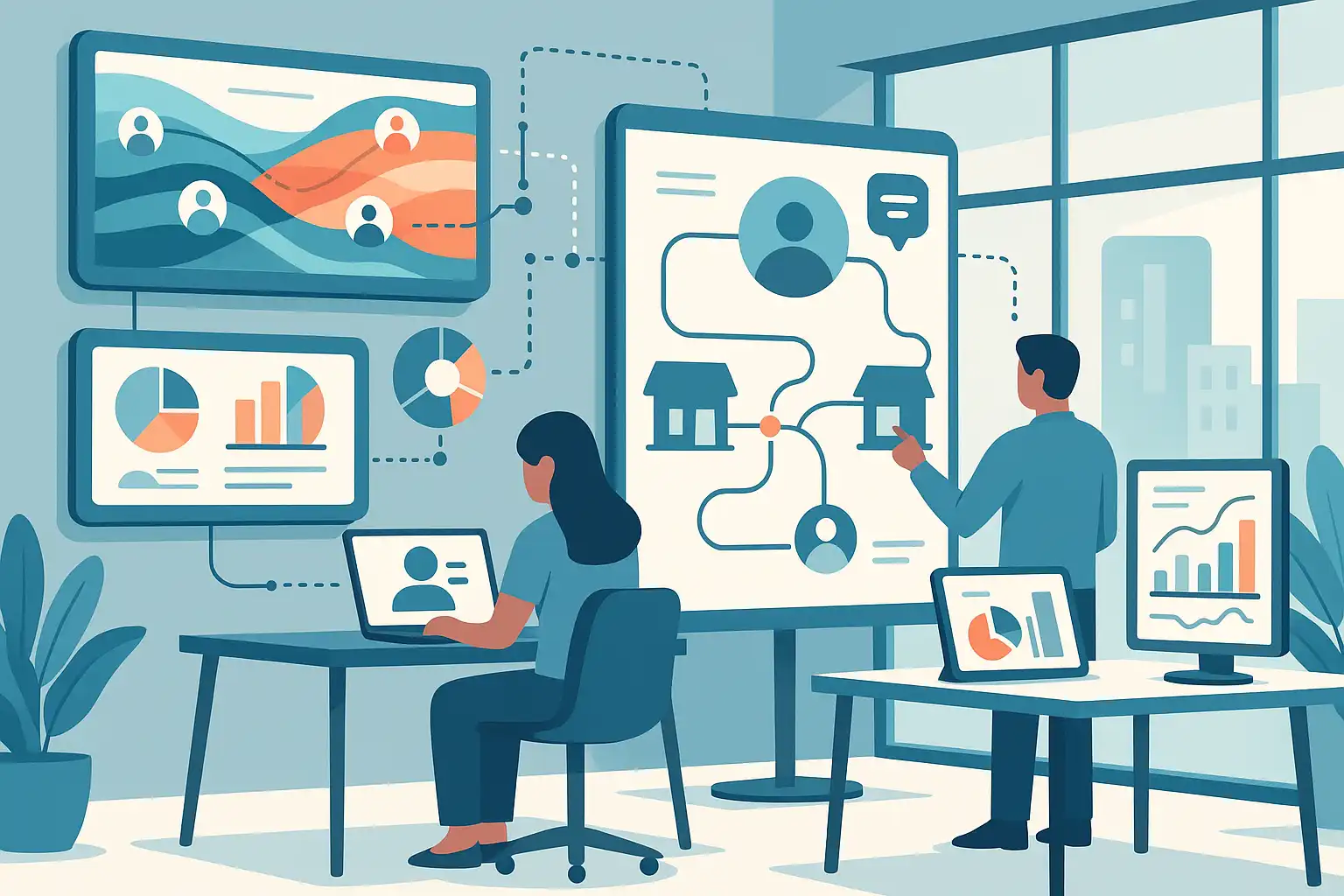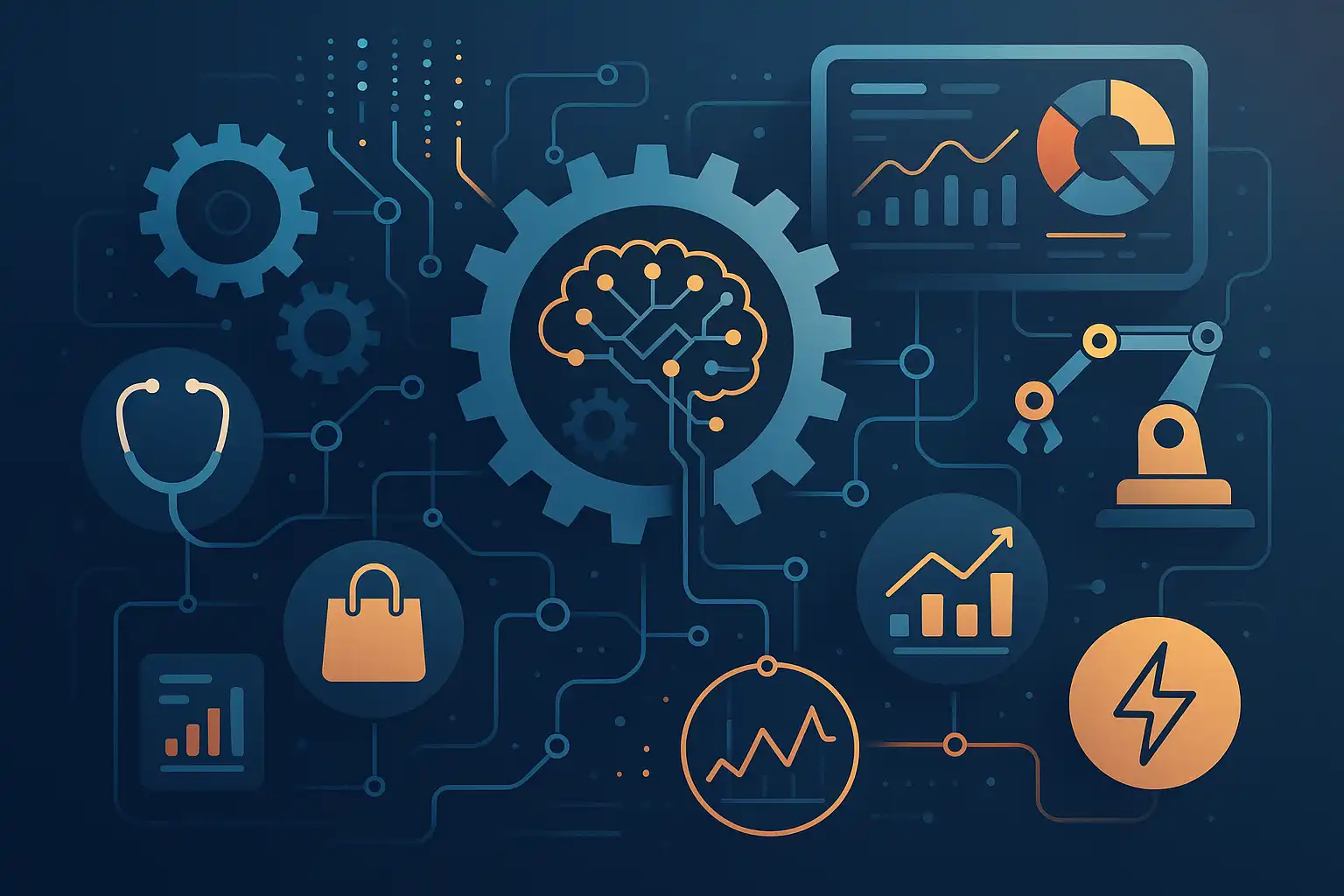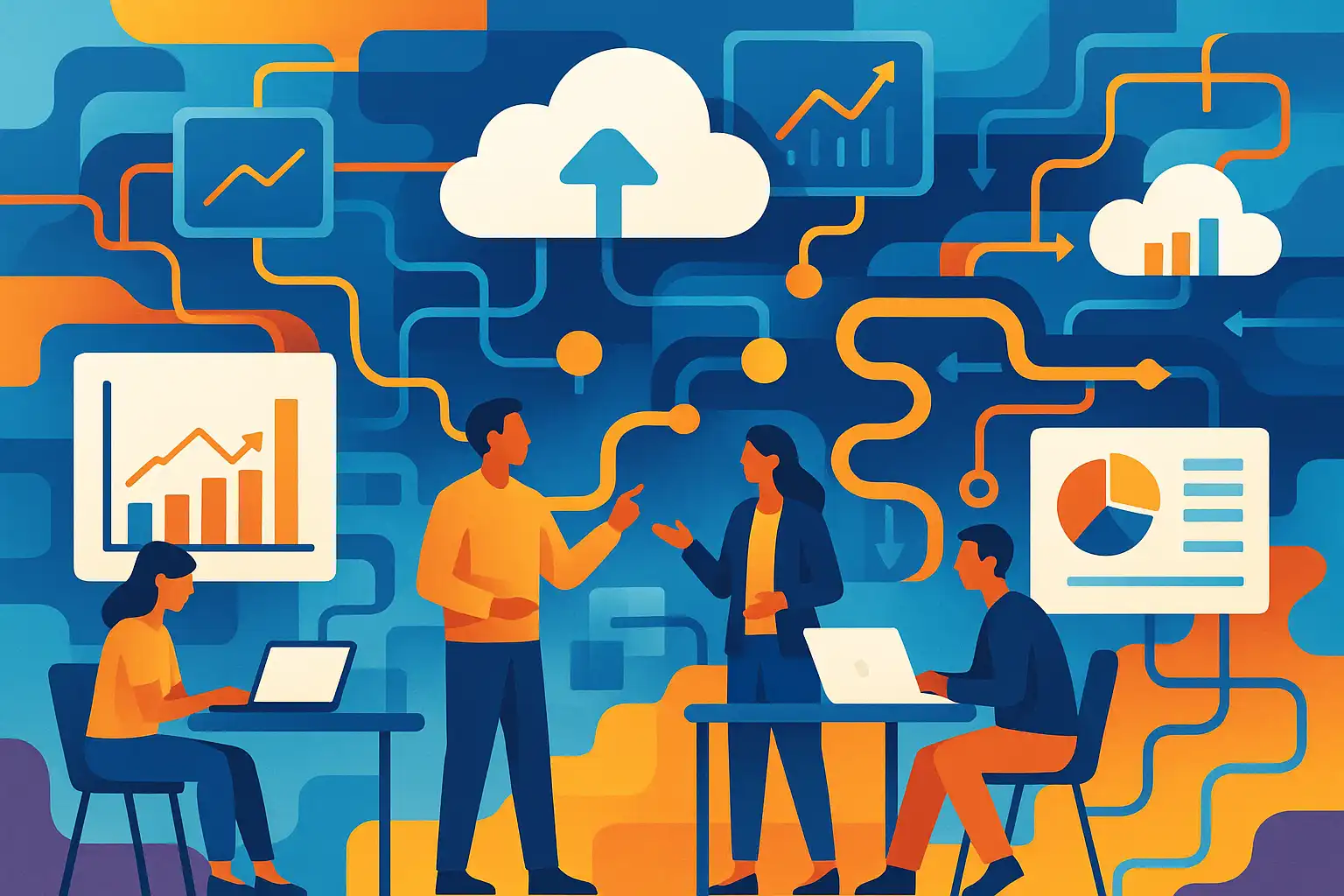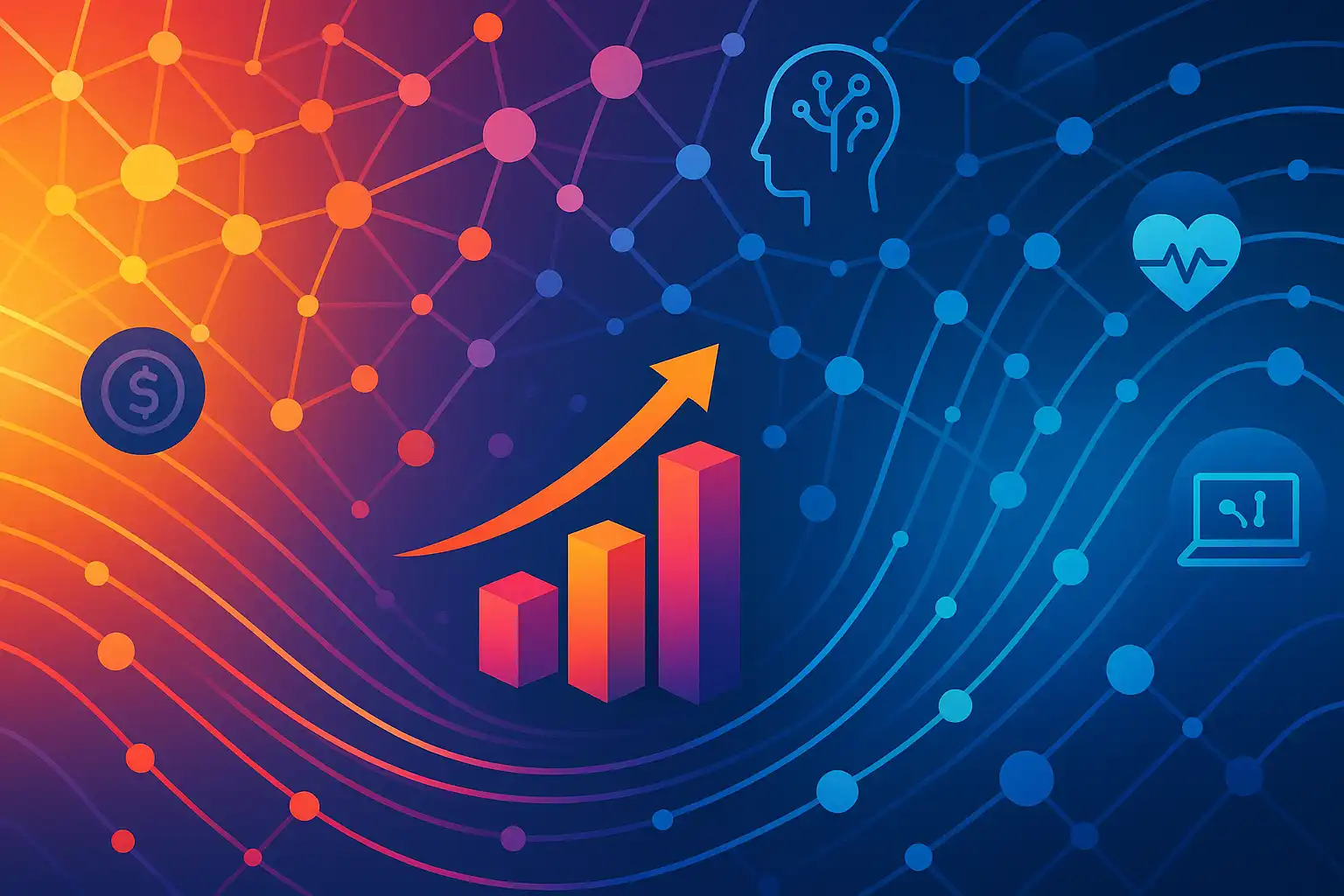Industry-Specific Data Science Challenges and How to Solve Them
Industry-specific data science challenges are critical hurdles for organizations aiming to leverage data for strategic advantage. Key obstacles include integrating data from diverse sources, a shortage of skilled data scientists, ensuring data privacy and regulatory compliance, cleaning and preparing messy datasets, and effectively communicating insights to non-technical stakeholders. Sectors such as healthcare, finance, retail, and manufacturing face unique issues—like patient privacy, fraud detection, omni-channel analysis, and IoT integration—requiring tailored solutions. To overcome these challenges, businesses should adopt robust data integration tools, invest in ongoing staff training, implement strong data governance and security measures, automate data cleansing, and prioritize clear, visual communication of results. Customizing approaches for each industry, fostering collaboration between technical and business teams, and staying current with regulations are essential for successful data-driven strategies. Both large enterprises and small businesses can benefit from applying these best practices, enabling more efficient operations and better decision-making.










